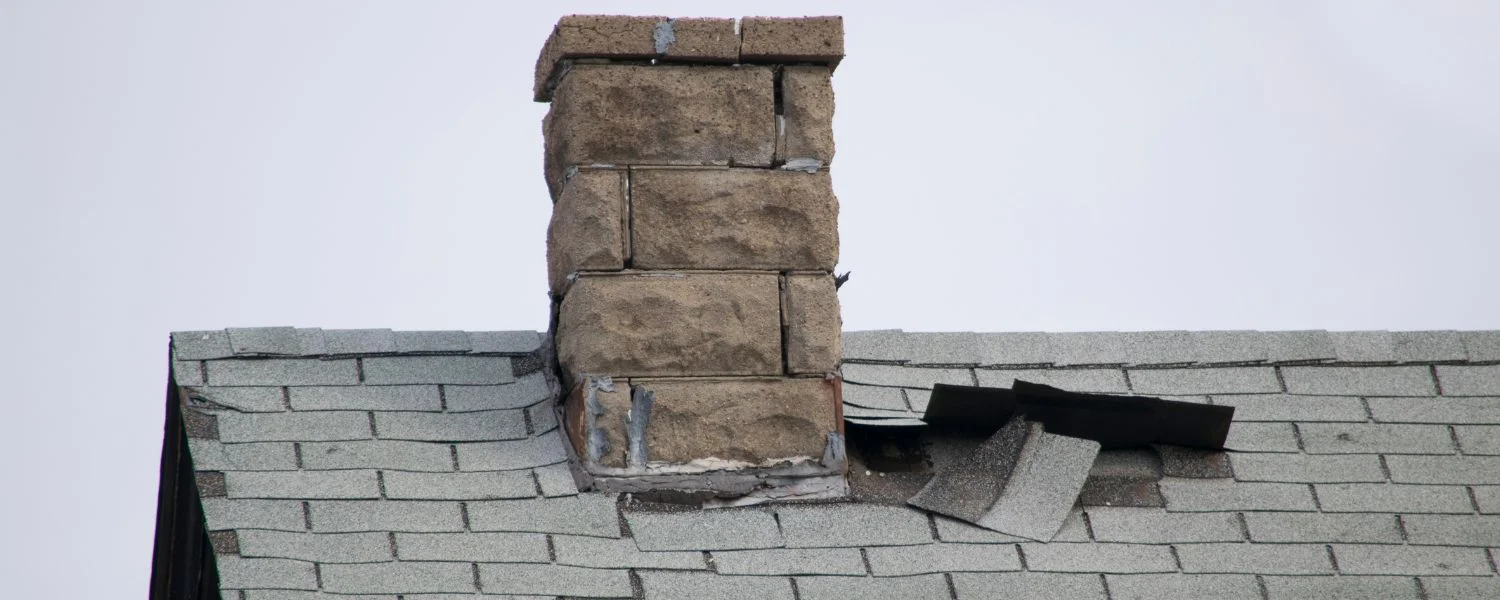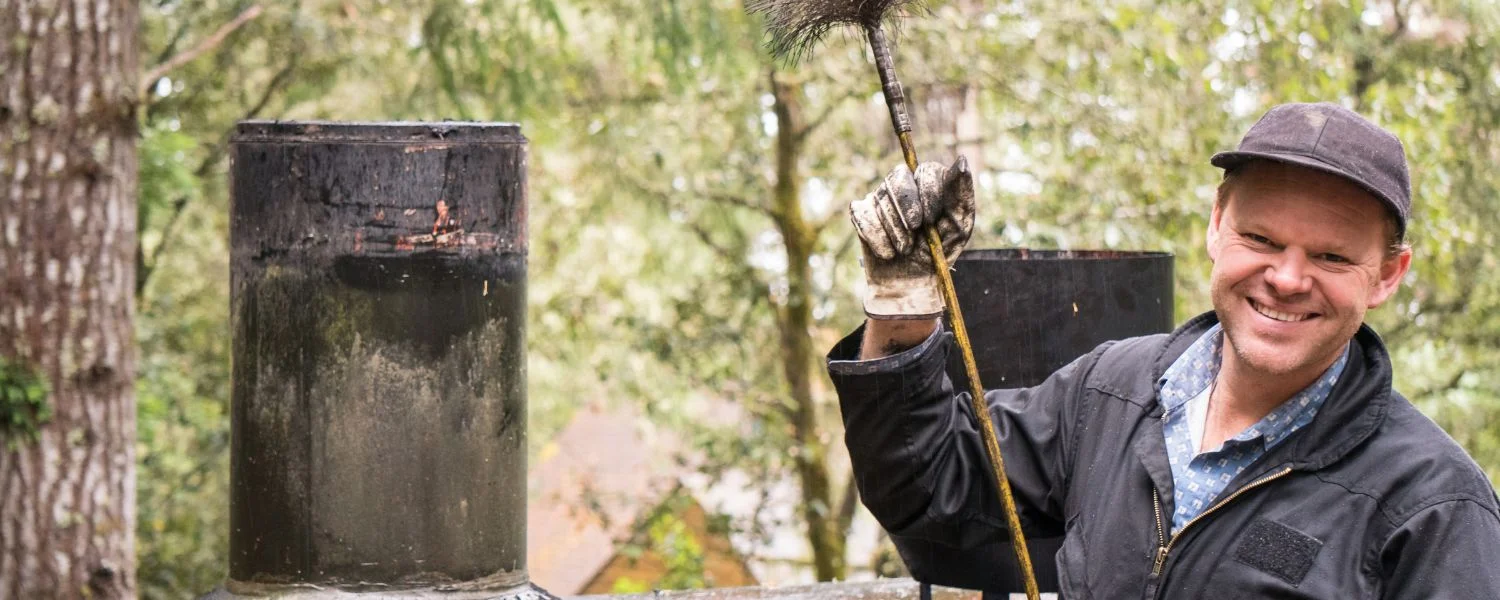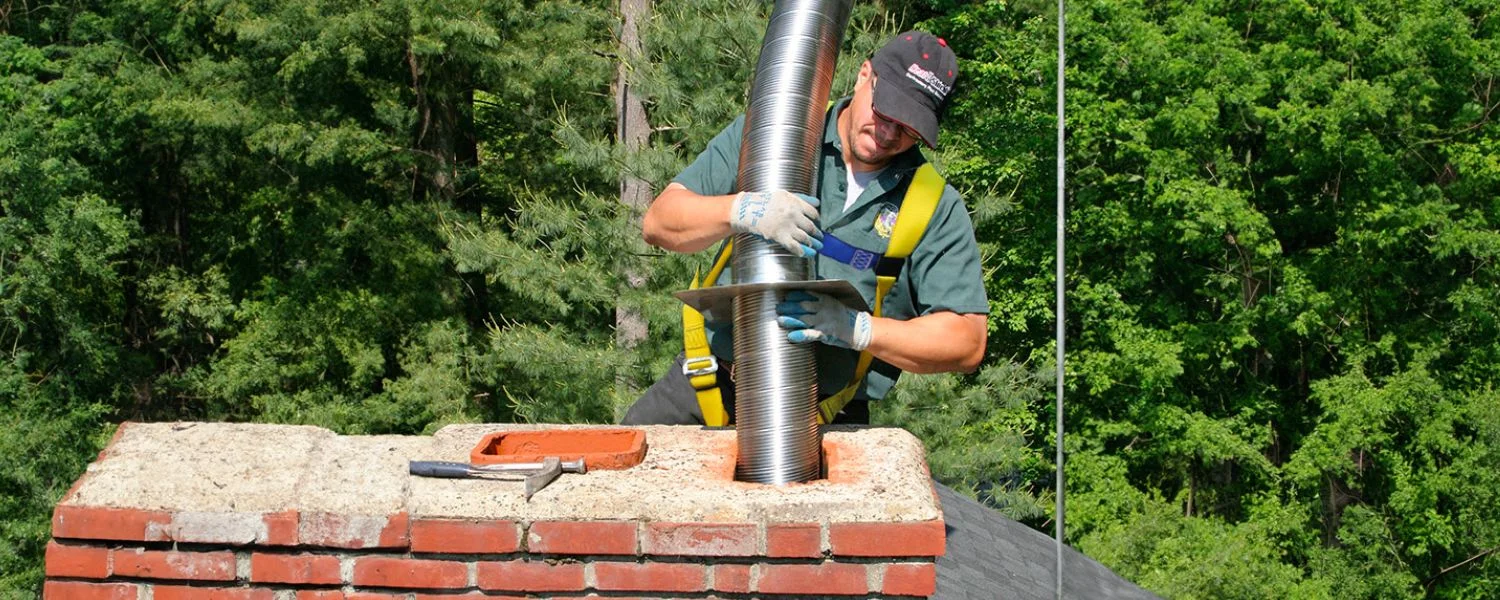Maximizing Energy Efficiency: How a Well-Maintained Chimney Can Cut Your Heating Costs

Introduction
The role of a well-maintained chimney in home heating efficiency is often underestimated. A chimney in good condition not only ensures the safe operation of your fireplace or heating system but also contributes significantly to reducing your home’s heating costs. This comprehensive guide will explore how regular chimney maintenance can lead to substantial energy savings and improve the overall comfort of your home.
The Importance of Your Chimney in Home Heating
Your chimney is more than a pathway for smoke; it plays a crucial role in the overall efficiency of your home’s heating system. An efficient chimney ensures proper air circulation and combustion, allowing your heating system to function at its best. This section will delve into how a well-maintained chimney aids in effective heating and the consequences of neglecting chimney care.
Common Chimney Issues and Their Impact on Heating Efficiency
Chimneys can face various issues, such as creosote build-up, blockages, and structural damage. These problems not only pose safety hazards but also significantly hamper the efficiency of your heating system. For instance, a blockage in the chimney can restrict airflow, leading to poor combustion and higher fuel consumption. We will explore these common issues and their direct impact on your heating bills.
The Science Behind Chimney Efficiency
A key aspect of chimney efficiency lies in understanding the science of chimney draft, the process by which air is drawn up into the chimney. An efficient draft is essential for proper combustion, which maximizes heat while minimizing waste. Problems like a cold chimney or a flue that’s too large or too small can hinder this process, leading to inefficient heating and increased fuel costs.
Energy Loss through Damaged or Poorly Maintained Chimneys
Neglecting chimney maintenance can lead to significant energy losses. Cracks or gaps in the chimney structure allow warm air to escape, and cold air drafts can reduce the effectiveness of your heating system. This section will detail how energy efficiency is compromised by such issues and the importance of timely repairs and maintenance.
Routine Maintenance: The Key to Efficiency
Regular chimney maintenance, including annual inspections and cleaning, is crucial. A chimney free of soot and debris allows for better airflow, improving combustion efficiency. Regular inspections can also identify and address minor issues before they become major, costly problems.
DIY Maintenance vs. Professional Inspections
While certain aspects of chimney maintenance, like clearing out ashes or simple inspections, can be done by homeowners, professional inspections and cleaning are often necessary for a thorough job. Professionals use specialized tools to remove build-up like creosote and check for structural integrity. This section will compare DIY maintenance tasks with those that require professional expertise, helping homeowners understand when to call in a specialist.
Advanced Measures for Enhanced Efficiency
Beyond basic maintenance, several advanced measures can be employed to enhance chimney efficiency. This includes installing chimney liners for better airflow, using dampers to control air intake, and adding insulation to minimize heat loss. These upgrades can significantly reduce heating costs and improve the overall efficiency of your heating system.
Conclusion
Maintaining your chimney in top condition is a smart investment in your home’s energy efficiency. Through regular maintenance, timely repairs, and strategic upgrades, you can ensure that your chimney contributes to reduced heating costs and a comfortable, safe home environment. Remember, an efficient chimney is not just about cost savings – it’s also about maximizing the safety and comfort of your living space.









Thank you for your sharing. I am worried that I lack creative ideas. It is your article that makes me full of hope. Thank you. But, I have a question, can you help me? https://www.binance.com/ka-GE/join?ref=RQUR4BEO
Thanks for sharing. I read many of your blog posts, cool, your blog is very good.
Can you be more specific about the content of your article? After reading it, I still have some doubts. Hope you can help me. https://www.binance.info/lv/register?ref=B4EPR6J0
Your point of view caught my eye and was very interesting. Thanks. I have a question for you.
Mobile betting is where it’s at. JJbetapp looks sleek and easy to use from what I’ve seen. If you’re on the go, this could be the app for you. Download it here jjbetapp.
Okfungame is good, I enjoy playing game in okfungame. Site have many game for you to choose. If you want try, visit at: okfungame
Tried 55wincom recently. It’s a solid performer, no frills, but does exactly what it says on the tin. Good for experienced players who know what they’re doing. Have a look: 55wincom
Yo, just checked out fb68nohu! Seems like a decent place to try my luck. Worth a shot, I guess. Fingers crossed! Check it out here: fb68nohu